American Sign Language (ASL)
What is ASL?
ASL users convey critical information with their hands through the use of handshapes, locations, movements, palm orientations and non-manual grammatical signals (eyes, face, head, shoulders). Providing full visual access to communication and language, ASL can convey subtle, complex, and abstract thoughts. In short, ASL can communicate anything.
The English language has individual letters. Likewise, ASL and other signed languages consist of handshapes. In English, the letters must be arranged in specific ways to convey meanings. It is also true for ASL: handshapes are arranged syntactically.
Often the first language for many Deaf North Americans, it is now the fourth most commonly used language in the United States (Nakamura, 2002). It is best learned from other Deaf persons or through interaction with other competent ASL users. Research shows a strong correlation between fluency of ASL and written English, meaning highly skilled ASL users are often competent in written English (Strong & Prinz, 2000).
ASL is recognized by many organizations, and universities and colleges, including Gallaudet University, as an official language in its own right
Featured ASL Resources:
Click here for our complete list of ASL resources.









